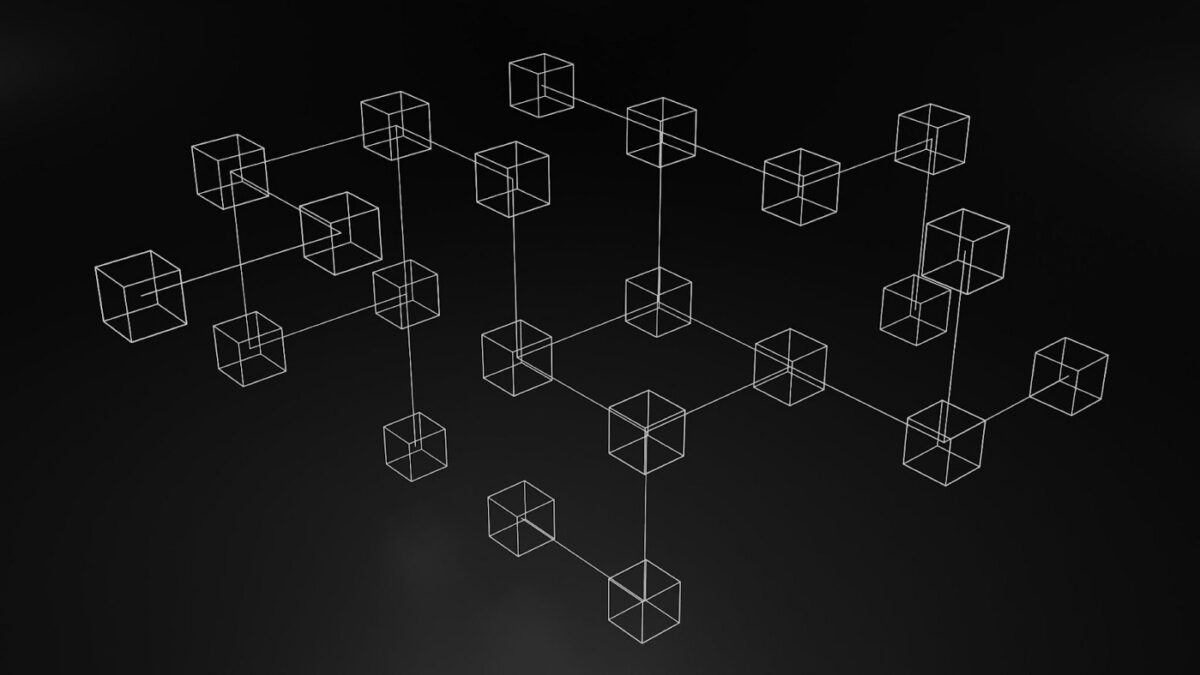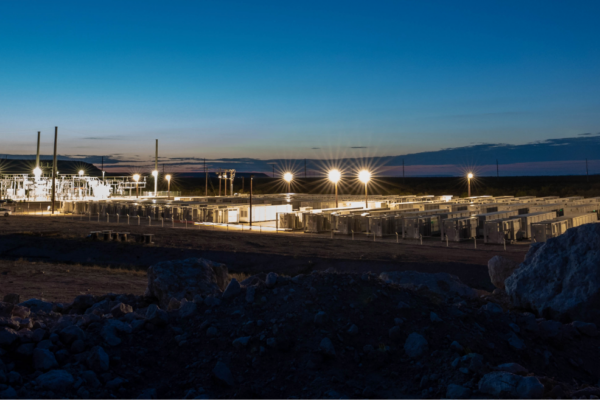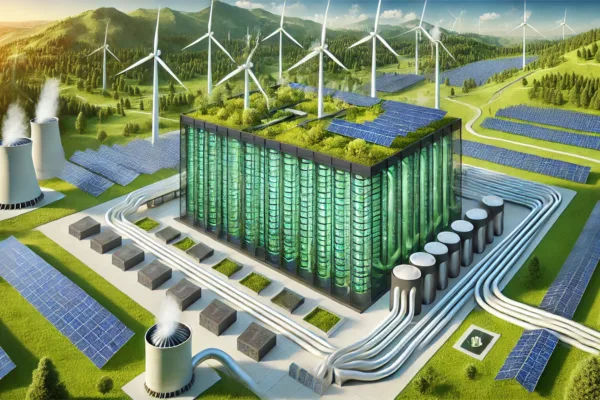So far this year, $1 trillion has been erased from the combined market capitalization of the world’s cryptocurrencies. Many claim winter is coming, but we hope that technology investors and entrepreneurs don’t take the wrong lessons from this reversal.
While cryptocurrencies have taken center stage, it is the underlying technology, now commonly referred to as “Web3,” that will become more broadly adopted and deserve more attention. Web3 is the term researchers, journalists and cocktail conversationalists use to encompass everything from Bitcoin and Bored Apes to the Metaverse and Augmented Reality. Despite its increasing usage, Web3 remains a misunderstood term.
For us at Valo, a venture firm whose mission is “investing for a brighter future,” Web3 presents new and unique opportunities to address real-world problems across our three areas of focus: climate change, circular economy and empowered people.
With this purpose in mind, we are following the development of Web3 with keen interest. What are its core attributes? How might it fit within Valo’s strategy to back technologies that address today’s most pressing environmental and societal challenges? Is it investable today, given our focus and risk/return profile?
What is it really?
“Web3” is meant to signify the evolution of a new kind of Internet, one built on blockchain and owned by its participants rather than the centralized platforms that characterize Web 2.0. Blockchain is a ledger or record of data that is built through decentralized verification; this fundamental shift at the level of architecture creates the foundation for an Internet that necessarily relies on its participants.
Web3 envisions an Internet that is not hosted on centralized servers, managed by centralized platforms, or inhibited by the centralized regulation of one company or country.
As an example, consider the way user-generated content is handled in most present-day Web 2.0 scenarios. Whether it is a video, social media post, or Medium article, your content is likely monetized by platform companies that own any associated data and convert engagement into increased value for themselves. In Web3, that data will be held on a distributed blockchain. This doesn’t mean that the value of engagement disappears; it means that the value won’t necessarily accrue to proprietary platforms with exclusive access. Instead, a new, participatory economy could emerge in which both creators and audiences are compensated for generating engagement and for aggregating valuable consumer data.
The basic unit of ownership in Web3 is a token, which is a “smart contract” written on a blockchain that is either mutually exchangeable or unique and non-fungible (NFT). As snippets of blockchain code, tokens are immensely flexible in representing cryptographically-secured ownership of digital or physical assets, access to digital or physical spaces, or governance over digital or physical associations. Decentralization guarantees that NFTs and tokens can be purchased by anyone, anywhere, and they are only bound by their governing protocols.
For many people, Web3 promises fulfillment of the Internet’s original premise, a global network free from dominion and censorship of all kinds. For others, a globally deregulated Internet owned by its users represents a dangerous and frightening future. Neither the cryptolibertarian nor the Web3 skeptic are likely to be right.
Web3 is a sophisticated, growing toolkit; it is not ideological, and it won’t solve the economic, political or social challenges of the Internet without the committed effort and support of its users.
This is why Valo engages with mission-driven entrepreneurs who are building innovative solutions that utilize Web3 for greater speed, scale, trust and reliability to address global challenges in the physical world.
How Might Web3 Solve Our Most Pressing Problems?
Although speculation on NFTs and cryptocurrencies has dominated the headlines, we believe that Web3 has the capacity to do much more than make a quick buck. Imagine if Airbnb, Uber, or YouTube had been built on Web3. Imagine if there could be a crypto-based transportation company with tokens for on demand access to a network of all electric cars, in which drivers were co-owners of the network, and city congestion and public charging infrastructure were priced to manage supply.
Fortunately, we don’t have to imagine what could happen because there is already a growing list of companies that reveal what a sustainable, empowering Internet might look like.
Climate Change: Technological solutions to the climate crisis are notoriously difficult to finance because they can be costly, complicated, and have longer-term payback periods. Regen.Network, a Web3 startup, is attempting to shift the economic calculus by creating incentives towards regenerative land use and carbon-negative projects. Regen Ledger is a public, “proof of stake” blockchain (addressing the energy intensity of “proof of work” blockchains) that provides verifiable, immutable proof of ownership over carbon credits, thereby addressing the accounting concerns within the carbon economy and facilitating more efficient trading of carbon credits at lower cost. As a platform for the voluntary carbon markets, Regen.Network is situated to take advantage of a carbon credit industry that the World Economic Forum expects to grow from $220 billion to $2 trillion in the next decade. There are numerous startups that are leading a ReFi (“Regenerative Finance”) movement to apply Web3 tools to promote natural capital and regenerative outcomes.
Circular Economy: One hallmark of Web3 will be the connection between the physical and digital worlds. When we invest in the circular economy, we aim to conserve the world’s finite physical resources by improving resource efficiency, designing for recycling, reimagining “waste” as a resource, and regenerating natural systems to create abundance from perceived scarcity. Novoloop is upcycling previously un-recyclable plastics into specialty materials with their proprietary technology. They are investigating whether one byproduct of that process — a chemical marker unique to Novoloop’s materials — could be tokenized on a blockchain, thus verifying the sustainable provenance of its products. By connecting the physical and digital worlds, manufacturers can create business models based on traceable ownership and product history.
Empowered People: Web3 products can be specifically designed to empower people. Blockchain provides new methods of managing data ownership and will allow people to take full control of their digital presence. For example, Brave, a San Francisco based Internet browser, is designed to enable private ownership over one’s browsing data. Users can decide whether to sell or withhold their data from companies or advertisers. By empowering users, Brave is creating a more free marketplace for our digital lives. Brave already has 50 million MAUs. The transition to a new technological paradigm is never abrupt, but it is slowly happening now.
While most of these companies are still very young and operating in emerging areas, we believe that they represent a groundswell of momentum towards a more sustainable Internet. The growing community of talented developers and entrepreneurs will build and drive solutions that can tackle many of the environmental and social challenges we face.
Is it investable now?
Despite the excitement, it is clear that we are still in the earliest days of realizing the democratized and decentralized Internet that is envisioned by Web3 evangelists. There will be radical shifts in the content, approaches, and values as Web3 continues to evolve, and we will likely see growing numbers of use cases creating sustainable user aggregation and better experiences.
From high flying crypto venture funds with +10,000% returns last year to spectacular currency crashes more recently, the Web3 world is still full of uncertainty. The market turbulence will — like the dot-com bubble in the early 2000s — help separate the wheat from the chaff, the lasting companies from the short-lived projects.
Critics will suggest that the recent cryptocurrency crash vindicates their skepticism for Web3. They suggest Web3 is only good for trading NFTs of digital art or other seemingly esoteric digital collectibles. In some cases they are right: an NFT of Jack Dorsey’s first tweet — which once sold for $2.9 million but now cannot garner a bid more than $280 — serves little functional value and solves no real-world problems.
At the beginning of a new technological era, however, design choices tend to reflect the successful models that preceded it. When television first debuted, for example, shows simply consisted of radio actors reading a script on camera, merely “radio you can see.” And in the first chapter of the Internet, what had been printed on paper was presented online in the form of “webpages” and “online newspapers.”
Had investors in the 1930s or 1990s listened to the television and Internet skeptics when native use cases were first emerging, they would have missed the most significant technological, commercial and societal innovations of their time.
Web3 might be at a similar point in its development: the NFT of Jack Dorsey’s tweet is Web 2.0 substance (a tweet) in Web3 window-dressing (an NFT). Today, if you imagine an NFT as a digital representation of ownership (or intellectual property) that is securely transferred with little friction or cost, future use cases that are native to the technology, rather than transplants or hybrids, could be exponential.
Conclusion
Valo is excited about Web3 precisely because of the speed and scale with which it enables the formation and development of wide-ranging use cases. Rather than evaluate the health of the Web3 ecosystem on the ups and downs of nascent NFT or cryptocurrency markets, we are tracking the momentum toward a more accessible, autonomous, decentralized and empowering Internet. On that count, Web3 is incredibly compelling.
We will not throw out the proverbial Web3 baby with the cryptocrash bathwater; Valo will seek to find and support the companies enabling real, scalable solutions in the physical world we live in. Yes, the Web3 revolution will be messy, unpredictable and disruptive — but that’s exactly where innovators and investors will find opportunities to build a brighter future.



